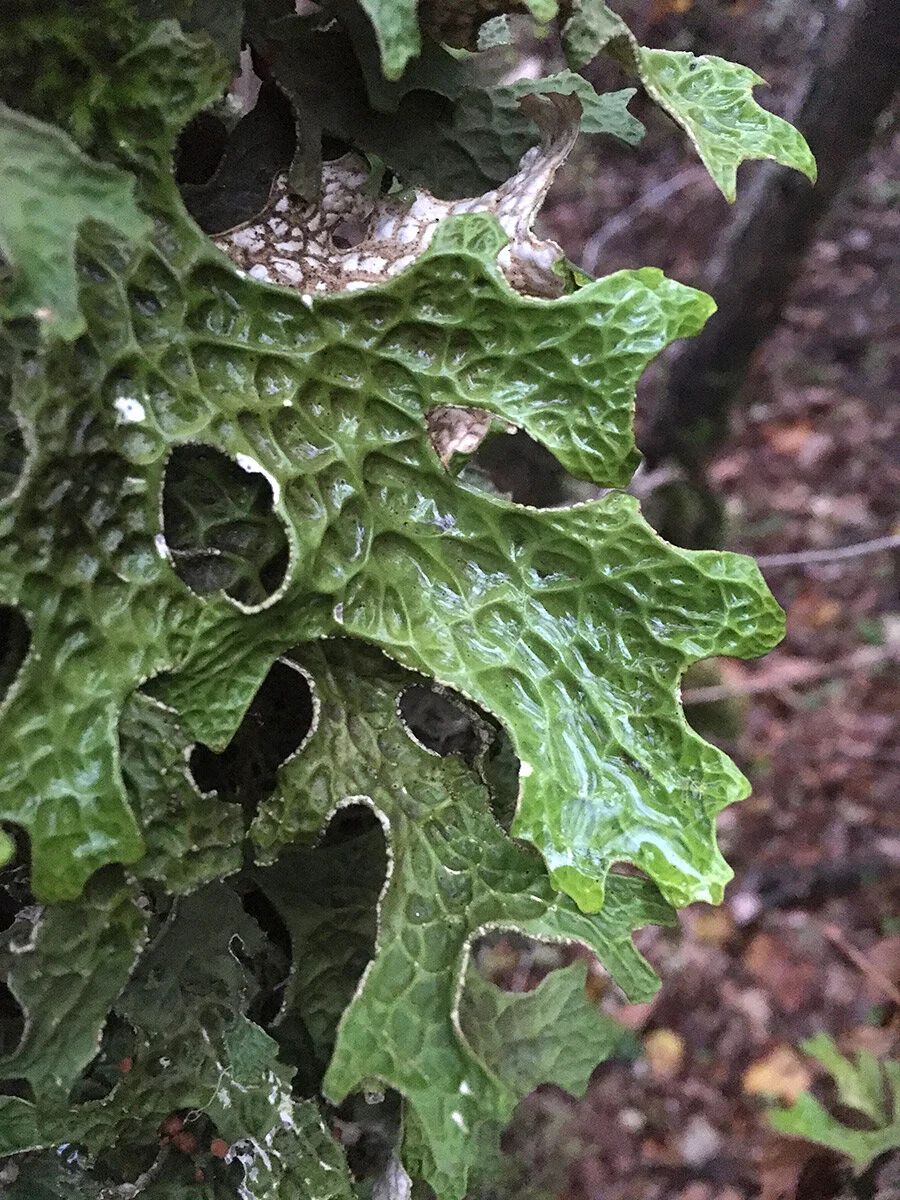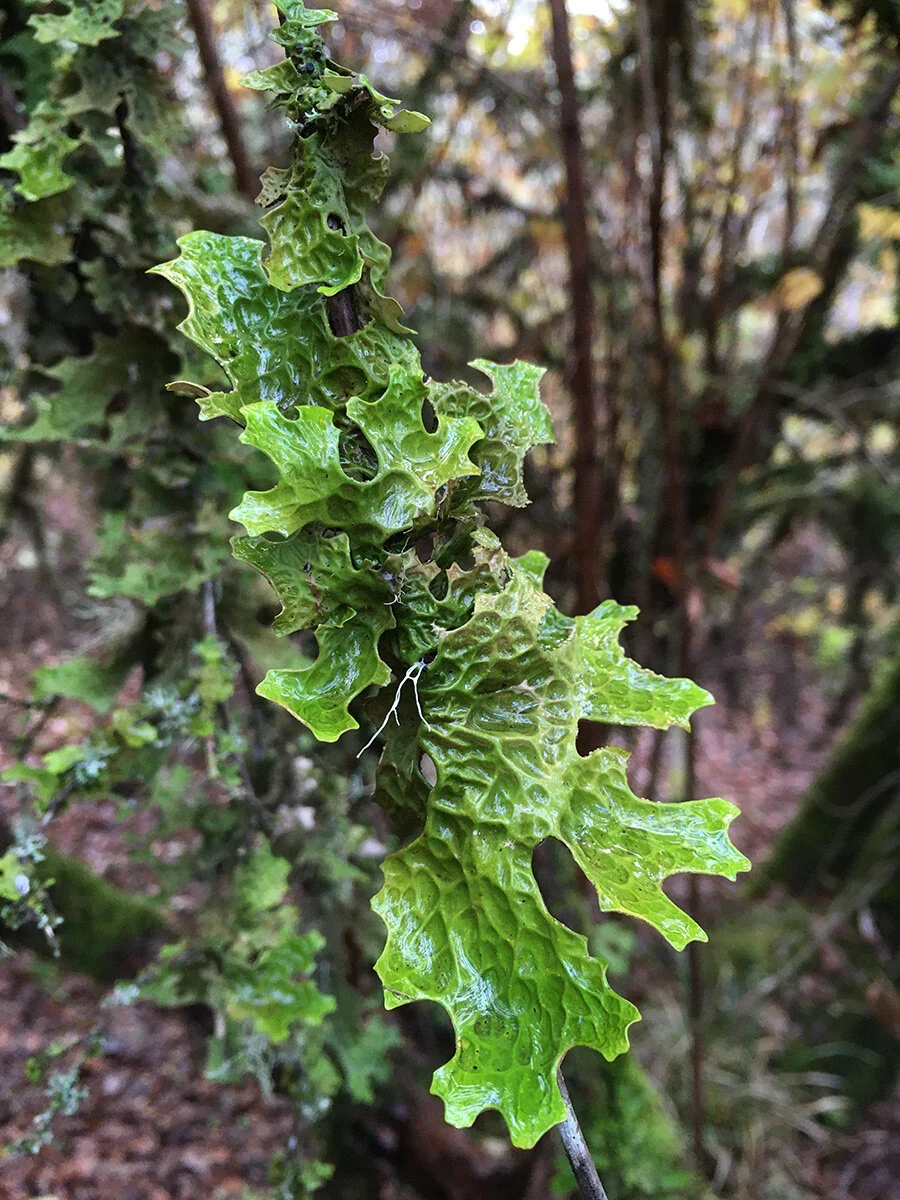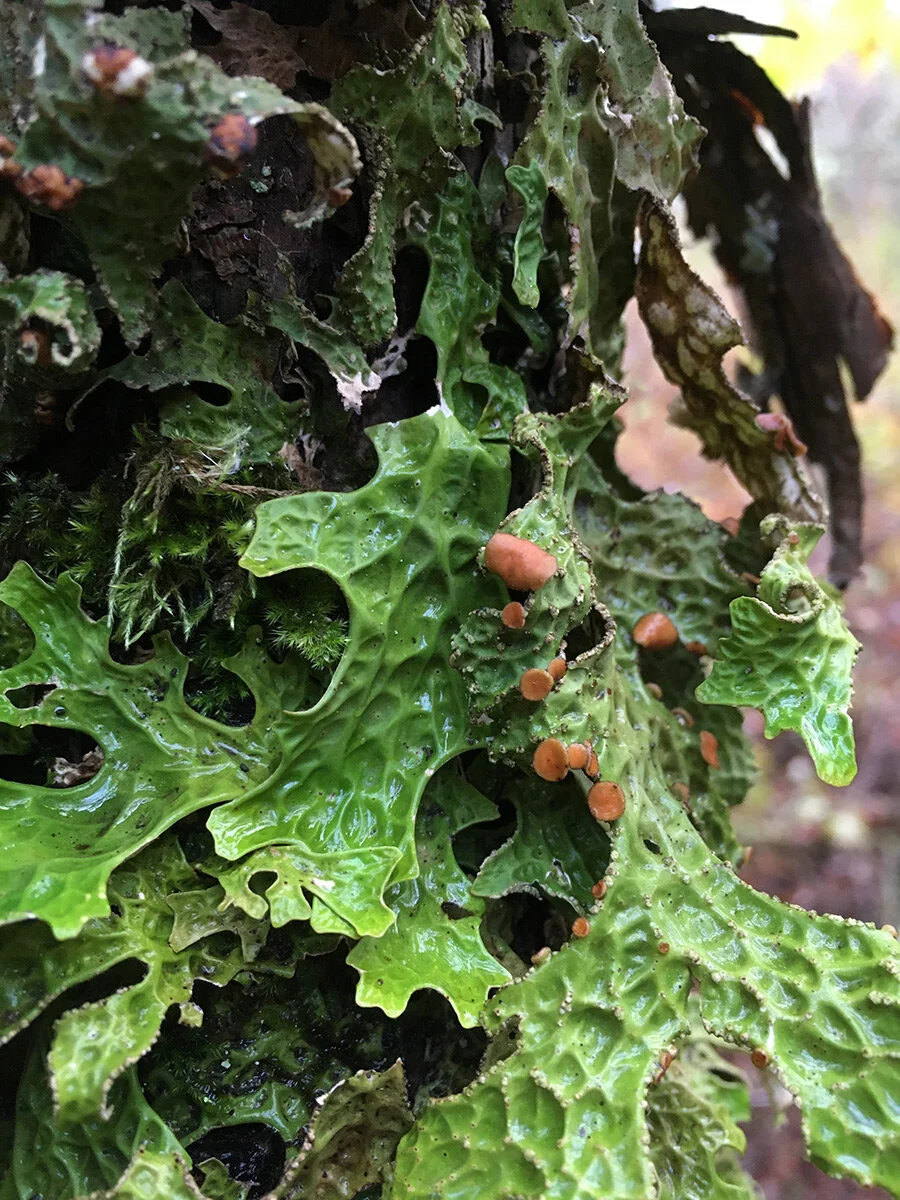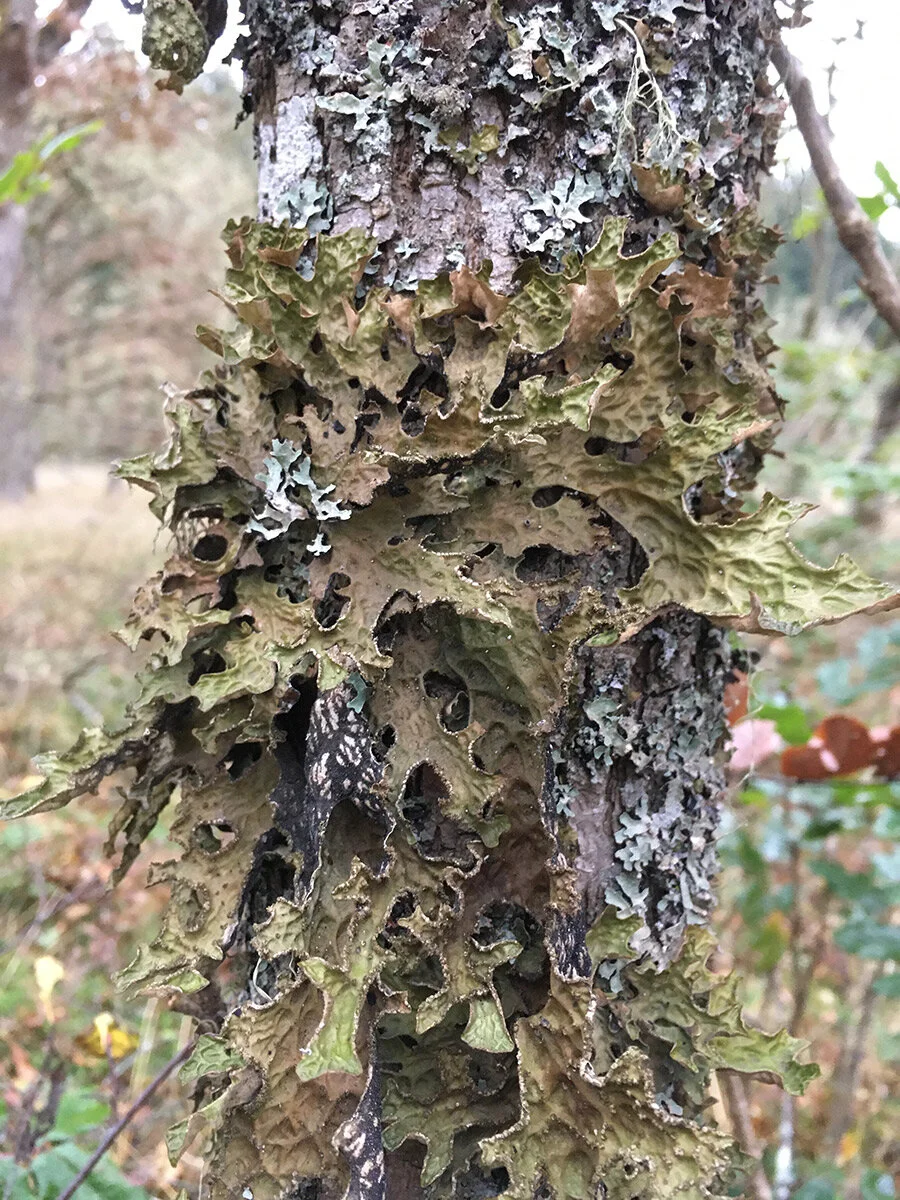There is a science behind leaves changing colors in the fall. Chlorophyll is the green pigment produced by plants that enables them to absorb energy from the sun in the process of photosynthesis. So in the fall when deciduous trees stop making chlorophyll, the green fades and other pigments in the leaves come on display. It’s a fascinating story to read about, and I recommend you check it out.
On the other side of the coin, is the indescribable feeling when witnessing the exposition of fall colors. It reminds me that the world is so mysteriously magical.































